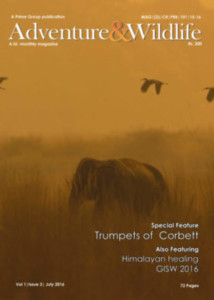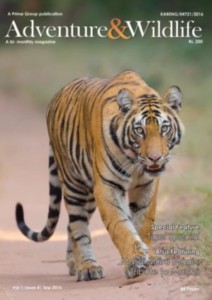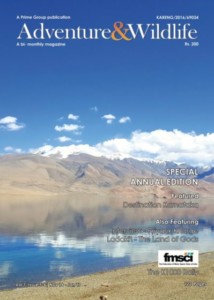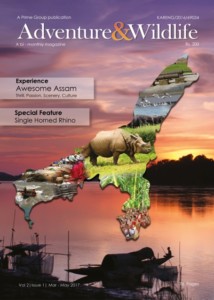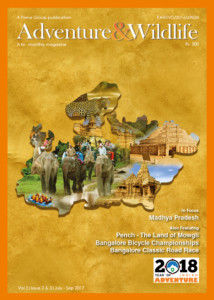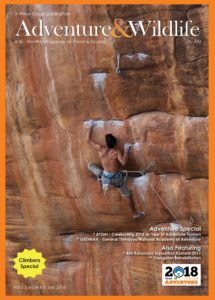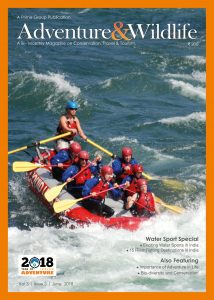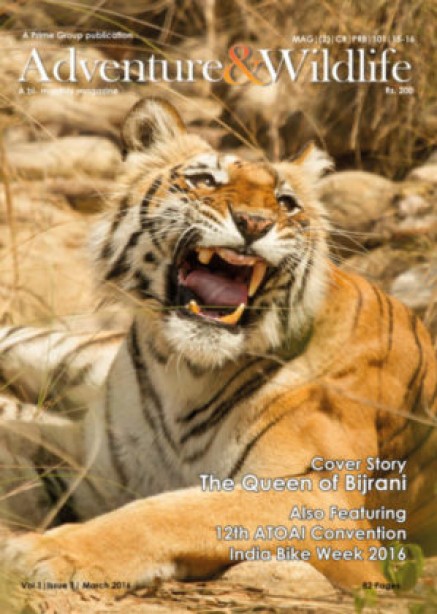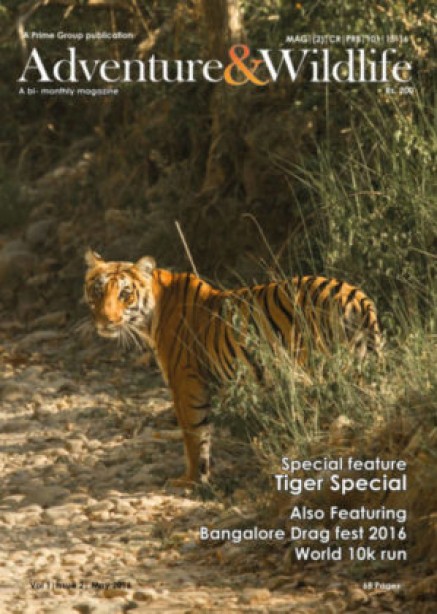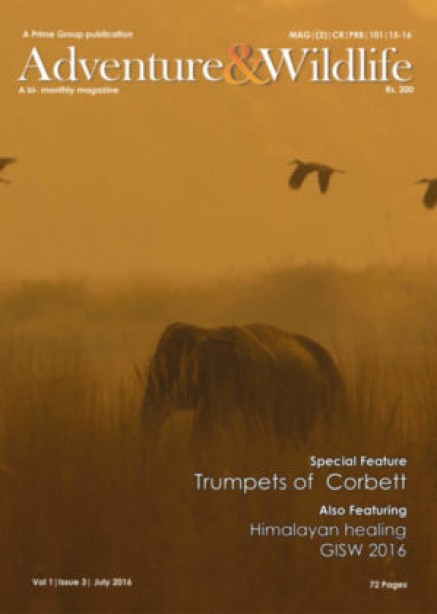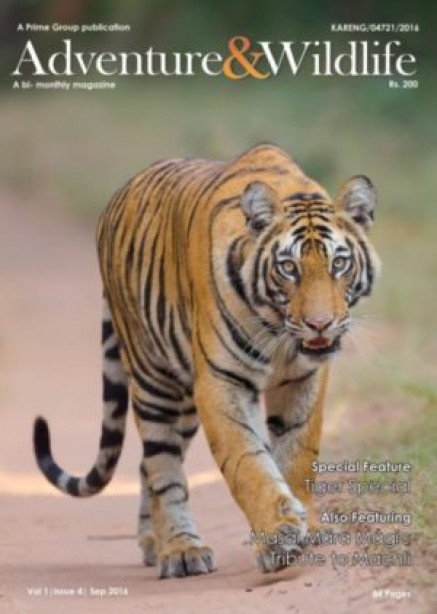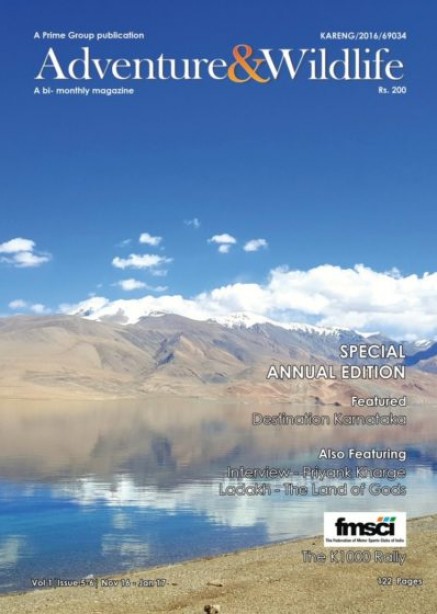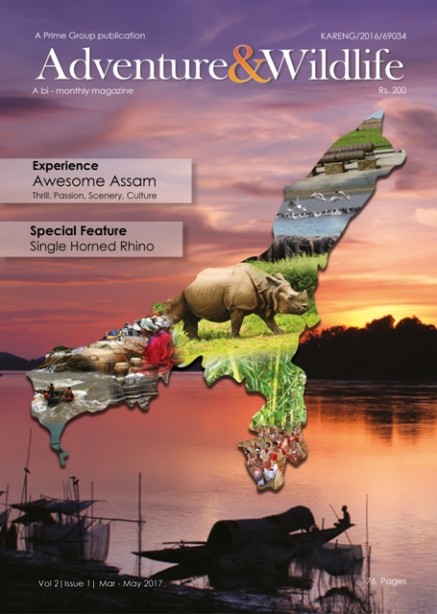
Eerie silence falls on Shetland cliffs that once echoed to seabirds’ cries

Sumburgh Head lies at the southern tip of mainland Shetland. This dramatic 100-metre-high rocky spur, crowned with a lighthouse built by Robert Louis Stevenson’s grandfather, has a reputation for being one of the biggest and most accessible seabird colonies in Britain.
Thousands of puffins, guillemots, razorbills, kittiwakes and fulmars gather there every spring to breed, covering almost every square inch of rock or grass with teeming, screeching birds and their young.
Or at least they used to – for this year Sumburgh Head is a quiet and largely deserted place. Where seabirds once swooped and cried in their thousands, only a handful of birds wheel round the cliffs. The silence is uncanny – the result of a crash in seabird numbers that has been in progress for several years but which has now reached an unprecedented, catastrophic low.
One of the nation’s most important conservation centres has been denuded of its wildlife, a victim – according to scientists – of climate change, which has disrupted food chains in the North Sea and North Atlantic and left many seabirds without a source of sustenance. The result has been an apocalyptic drop in numbers of Arctic terns, kittiwakes and many other birds.
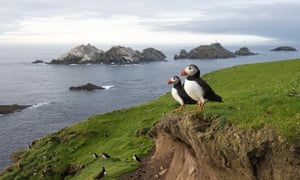
“In the past, Sumburgh Head was brimming with birds, and the air was thick with the smell of guano. The place was covered with colonies of puffins, kittiwakes, fulmars, and guillemots,” said Helen Moncrieff, manager of RSPB Scotland’s office in Shetland.
“There were thousands and thousands of birds and visitors were guaranteed a sight of puffins. Today they have to be very patient. At the same time, guillemots have halved in numbers. It is utterly tragic.”
This grim description is backed by figures that reveal the staggering decreases in seabird numbers in Shetland, the most northerly part of the British Isles. In 2000, there were more than 33,000 puffins on the island in early spring. That figure dropped to 570 last year and there are no signs of any recovery this year, although it is still early in the season.
Similarly, Shetland’s kittiwake population plummeted from over 55,000 in 1981 to 5,000 in 2011, and observers believe those numbers have declined even further in the past few years. Only the lack of a properly funded census has prevented ornithologists from putting precise numbers on the devastation that is occurring.
“I went to check our sites at Dalsetter and Troswick last week to compare numbers of Arctic terns with those we counted during Seabird 2000, the last national seabird census carried out across Britain and Ireland,” added Moncrieff. “I found there were around 110 Arctic terns there last week compared with around 9,000 that were counted in the same area in 2000. That is the kind of loss we have sustained here.”
This point is backed by Euan Dunn, principal policy officer for the RSPB. “These are apocalyptic numbers,” he told the Observer. “We are seeing something very dramatic happening, something that has never occurred in the history of ornithology up there.”
As Moncrieff said: “There are still good reasons to come here, but equally the crisis that has hit so many of our seabirds is not something that we can continue to ignore.” • Turtle doves used to arrive in large numbers in April to breed in the British Isles but have now disappeared from large areas of the countryside for a variety of reasons: lack of seed from arable plants; the parasite that carries trichomonosis; and hunting during their migration through southern Europe. As a result, the turtle dove has become the UK’s fastest declining bird and is now considered at risk of global extinction. • Wader populations are declining worldwide thanks to the loss and degradation of habitats, increased predation, and a changing climate. In the UK, this has produced dramatic declines in curlew populations over recent decades – the species has been proposed as the UK’s most important bird conservation priority. • Nightingales and pied flycatchers have declined in large numbers since monitoring of these woodland species began in 1994, leading to their appearance on the red list of endangered bird species in the UK. In total, there are now 16 woodland birds on the red list. • One of five upland bird species that were moved on to the red list recently, the dotterel has declined severely in numbers since the 1980s. Causes for the drop include changes in grazing practices and atmospheric pollution, as well as the effect of climate change, to which mountain-dwelling species are especially vulnerable.


